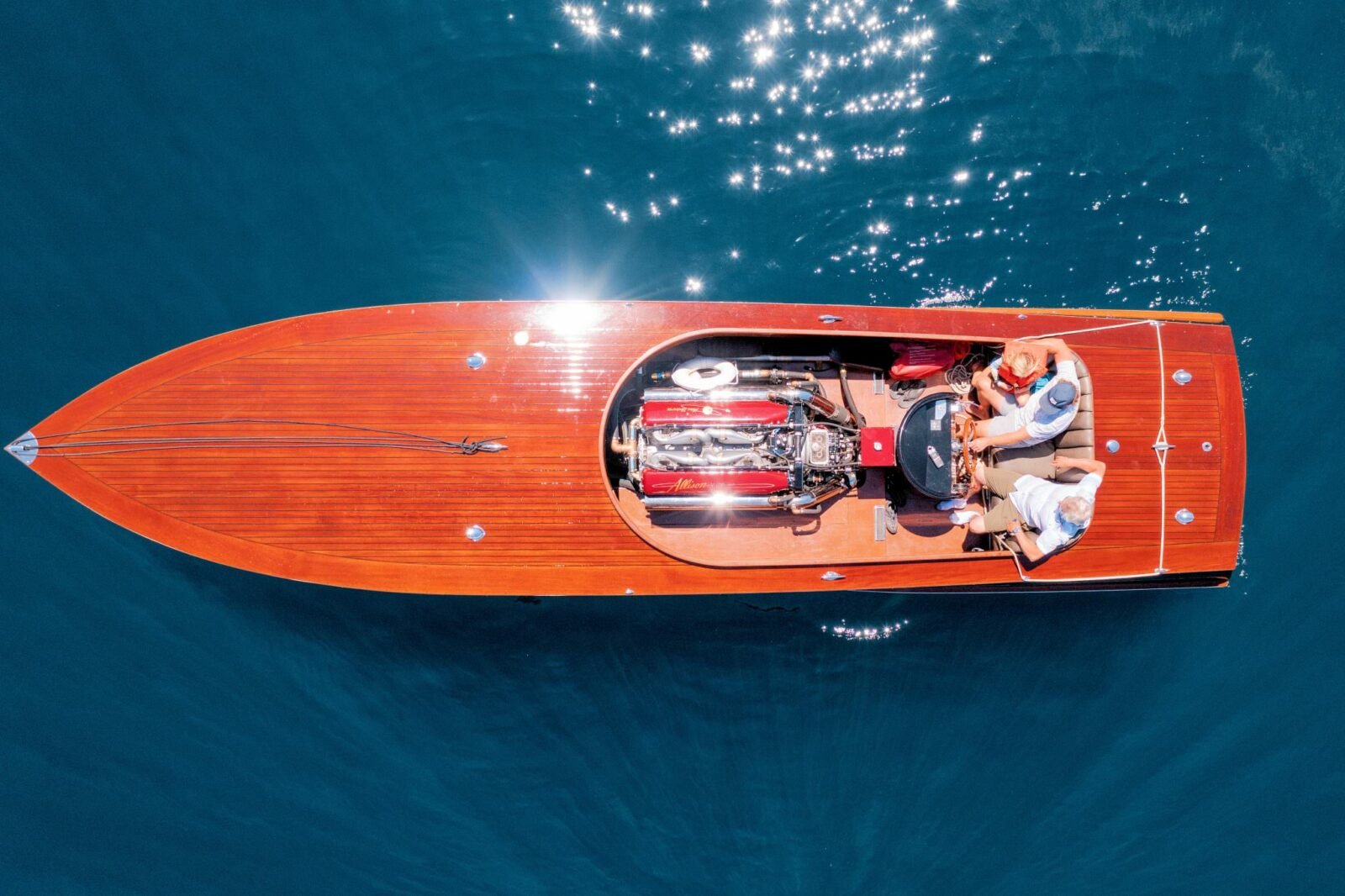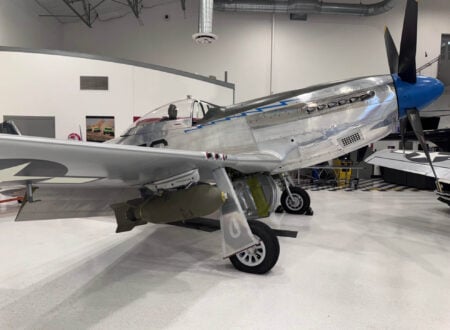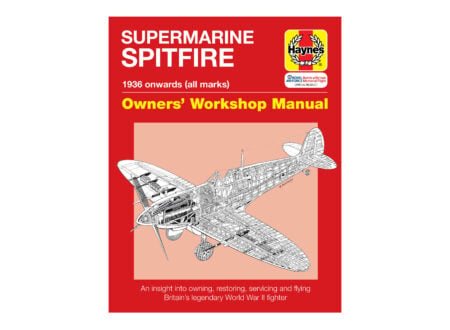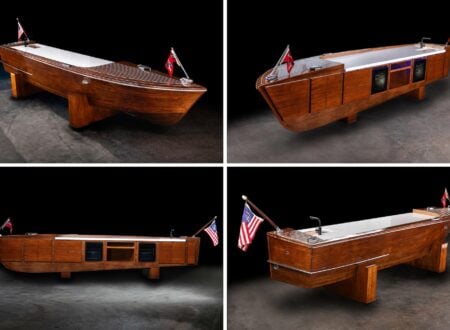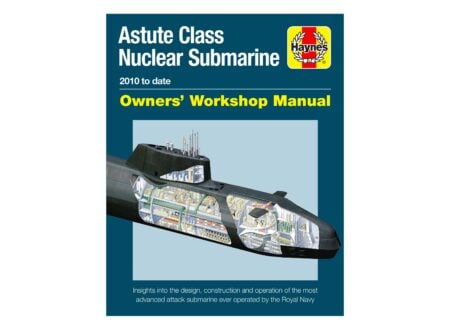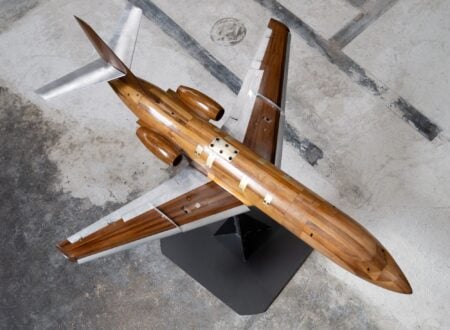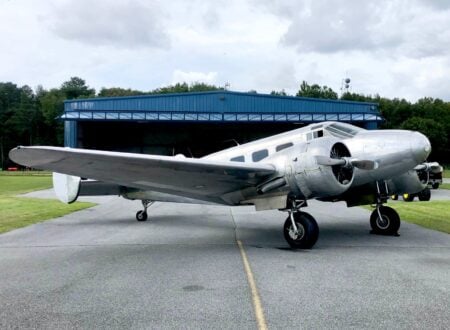This is a 33′ “Gentleman’s Racer,” it’s a speed boat with a mahogany stepped-hull that was handbuilt by Tom Hill and Peter Russett in Vermont over the course of 13 months. It’s powered by a 28 liter (1,710 cubic inch) supercharged V12 Allison aircraft engine producing 1,100+ bhp.
Named “Miss Universe,” this boat was developed in the spirit of the early mahogany racing boats built for the Gold Cup which was first run on New York’s Hudson River in 1904, it’s now the oldest trophy in motorsport.
Fast Facts – An Allison V12-Powered “Gentleman’s Racer”
- This is a handmade stepped-hull boat made from tongue-and-groove 1” thick by 2″ wide sapele mahogany plank sides with a laminate bottom and it was assembled using West System epoxy.
- The engine is a 99-series supercharged 1,710 cubic inch Allison V12, it was originally an aero engine used extensively during WWII. After the war many were bought as military surplus and used in motor racing and boat applications.
- This Allison was rebuilt and marinized by Jose Flores of Vintage V12s in Tehachapi, California, before installation. In supercharged form these engines initially produced 1,000 bhp, over the course of their development this was increased all the way up to 2,900 bhp.
- This vessel is named “Miss Universe,” it was built by Tom Hill and Peter Russett in Vermont over 13 months, and the stepped-hull design is said to have been influenced by the Miss America Gold Cup racers of the early 20th century.
The Mighty Allison V12
The Allison V12 was one of the most important American aircraft engine designs of WWII, and interestingly, it was the only American-designed liquid-cooled aero engine to be produced and used in significant numbers during the conflict. Many of the other significant American aero engine designs were air-cooled radials.
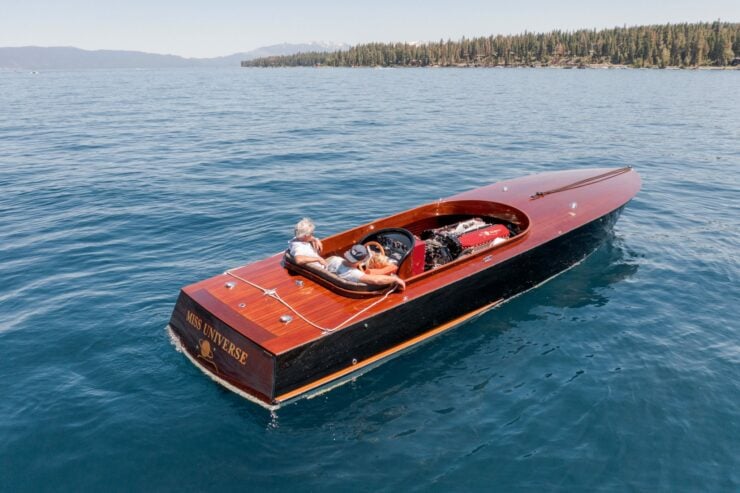

Known officially as the Allison V-1710, the engine is a V12 with a single overhead camshaft per bank operating four valves per cylinder. It was operated in naturally-aspirated and forced induction configurations, with the forced induction engines offering much better high-altitude performance.
The Allison Engine Company was a division of General Motors, they first began developing the liquid-cooled engine that would become the V-1710 in 1929 specifically to meet a United States Army Air Corps (USAAC) requirement for a modern aero engine to use in a new generation of bombers and fighters.
Interestingly, the V-1710 was developed from the outset to be equipped with different propeller gearing systems and forced induction systems, this meant that a single proeuction line could produce engines for a wide variety of aircraft with no retooling required.
The United States Navy (USN) had originally planned to use the Allison V-1710 in the rigid airships Akron and Macon which were powered initially by German-built Maybach VL II engines – presenting an obvious geopolitical issue with the Nazis coming to power in 1933.
Unfortunately, both airships were lost to accidents while V-1710 was still in testing.
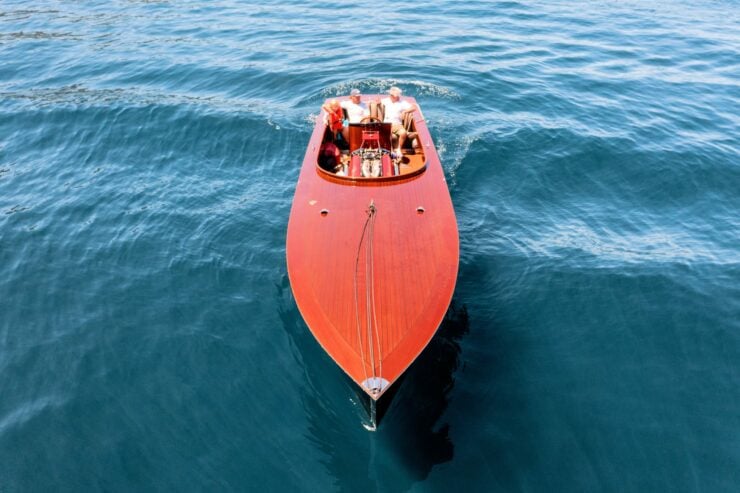

The engine completed the USAAC 150 hour “Type Test” on April the 23rd, 1937 – the first engine of any kind to pass. After this it was offered to aircraft manufacturers, it initially powered the prototype Curtiss XP-37, followed by the Lockheed P-38, Bell P-39 and Curtiss P-40.
During WWII the Allison V-1710 was used in an extraordinary variety of aircraft including the Boeing XB-38 Flying Fortress, Curtiss P-40 Warhawk, North American P-51 Mustang, North American F-82 Twin Mustang, Douglas DC-8, Lockheed P-38 Lightning, and many others, it was also trialled as a tank engine in the T29 Heavy Tank.
After the war many Allisons were sold off relatively cheaply into civilian hands. They proved popular in the worlds of drag racing and tractor pulling, and many were put to work in air races and high-speed boat applications.
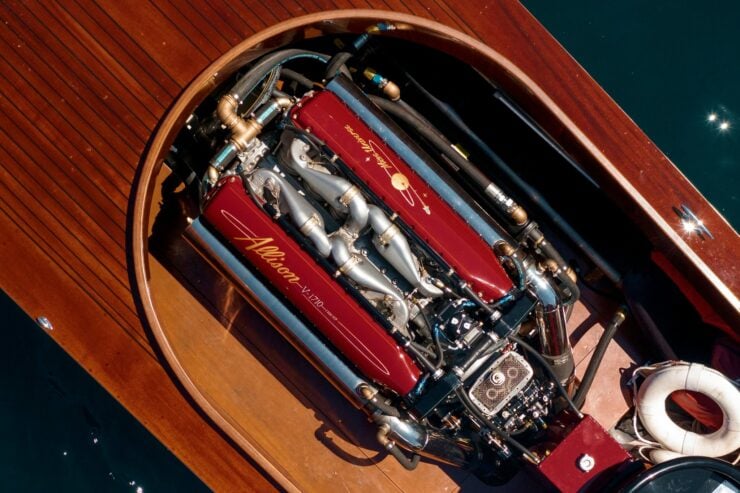

The Allison V12-Powered 33′ Gentleman’s Racer Shown Here
The vessel you see in this article is a modern homage of sorts to the iconic mahogany speed boats from the golden age of the Miss America Gold Cup racers of the early 20th century. As mentioned higher up it was built in Vermont by Tom Hill and Peter Russett for a client and the project took them over a year – 13 months in total.
It has a stepped-hull design made from tongue-and-groove 1” thick by 2″ wide sapele mahogany plank sides with a laminate bottom and it was assembled using West System epoxy. Once completed mechanical and other finish work was carried out by the Mayea Brothers in Michigan.
The true heart of this boat is the prodigious 28 liter 99-series Allison V-1710 V12 that’s mounted in front of the helm. This is the supercharged version of the Allison V12 that made a minimum of 1,000 bhp in factory-stock trim and it’s producing 1,100 bhp here.
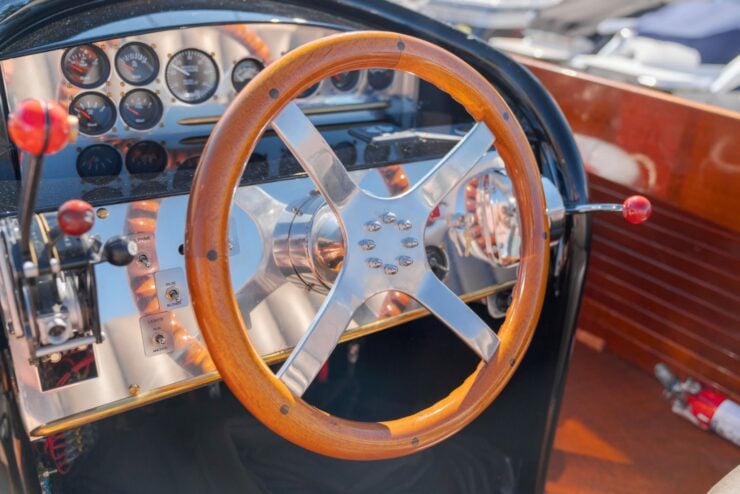

The engine has now been rebuilt and marinized by Jose Flores of Vintage V12s in Tehachapi, California. Power is sent back through a V-drive transmission with a slipper clutch assembly to a single propeller. There are dual underwater exit ports and a rudder mounted just aft of the propeller.
The boat comes with its own Magic Tilt triple-axle trailer which has a bow stop, a manual winch, and 15″ galvanized steel wheels with 225/75 Halibrand Radial ST tires.
It’s being sold out of Reno, Nevada on Bring a Trailer and you can visit the listing here if you’d like to read more about it or register to bid.
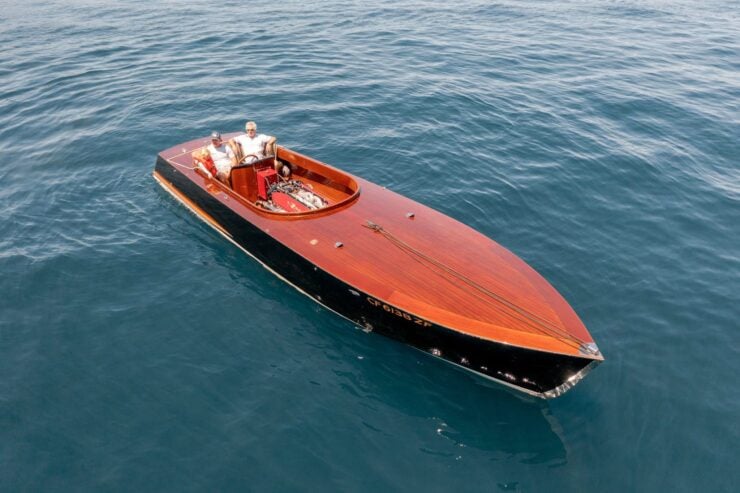
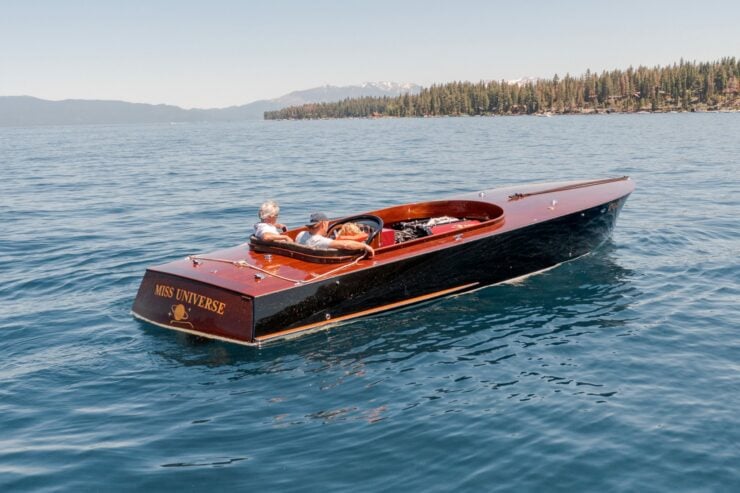

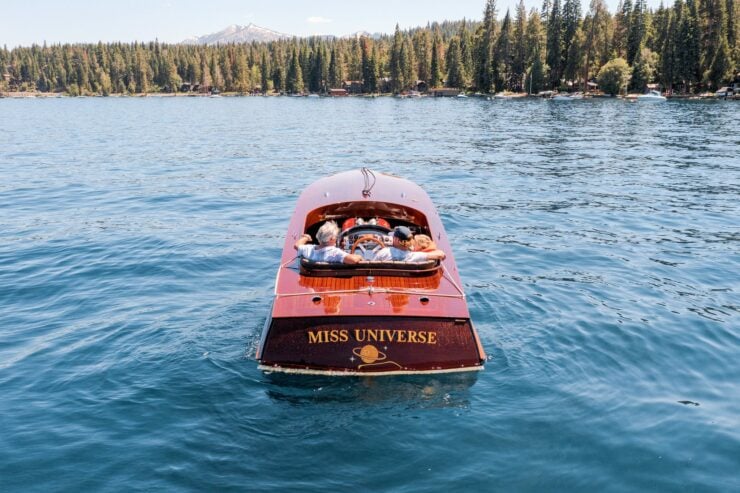
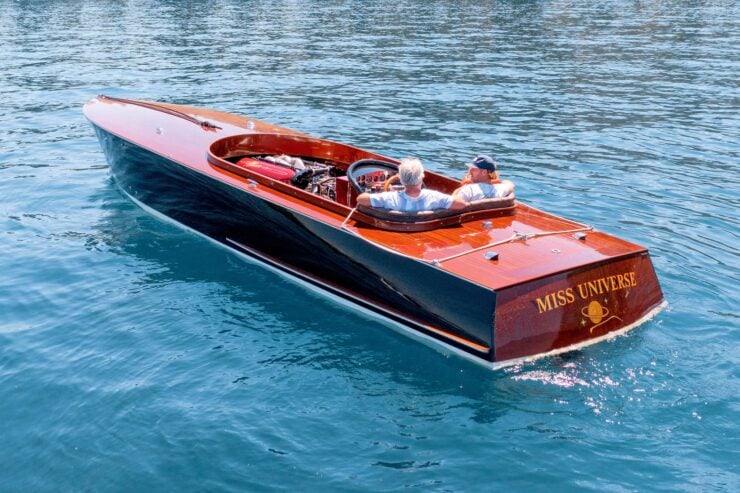
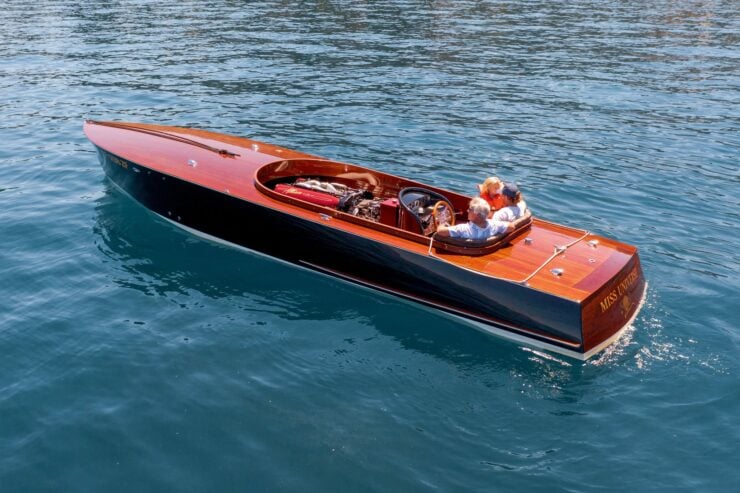

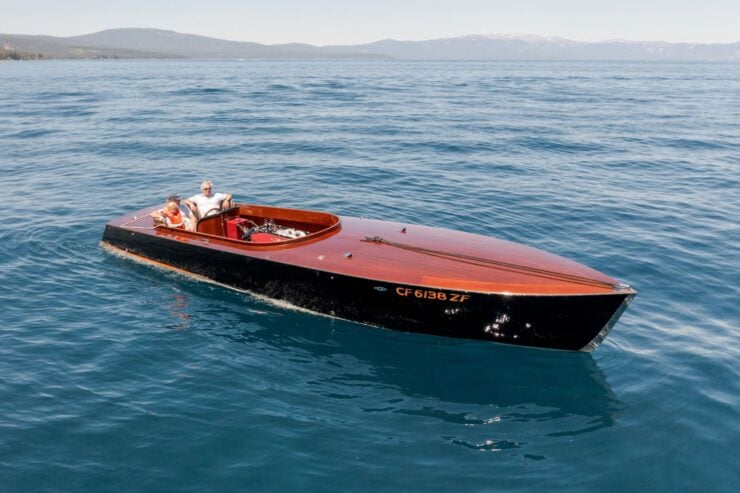
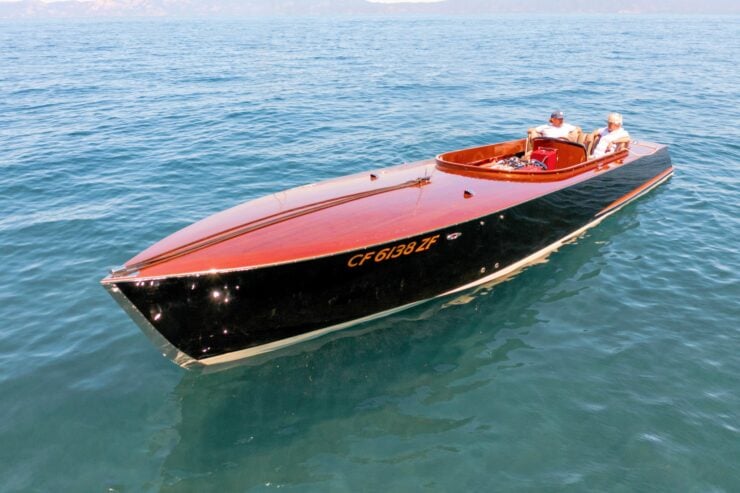
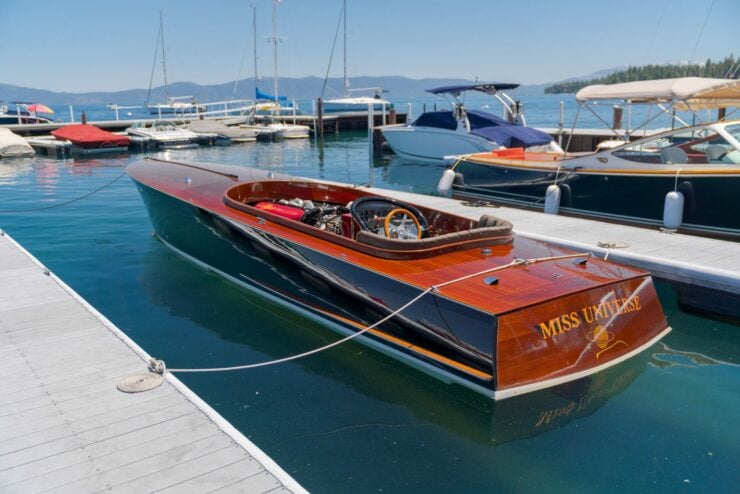
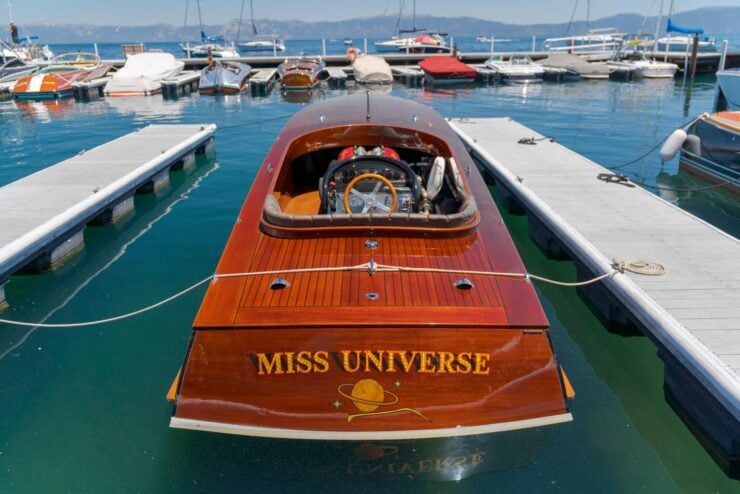
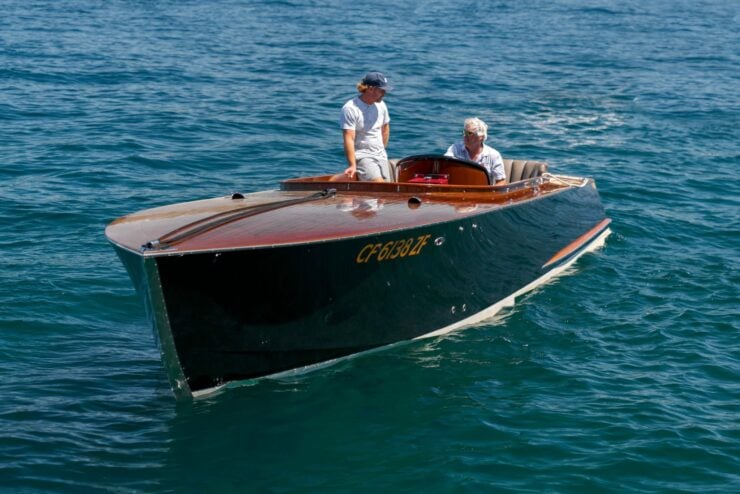
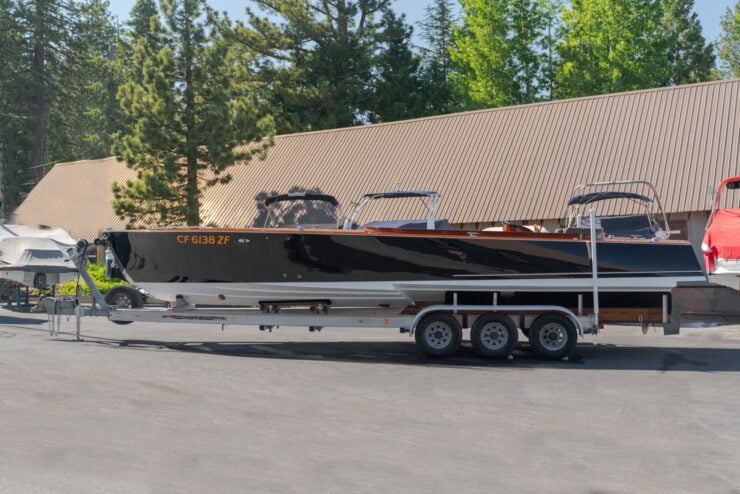

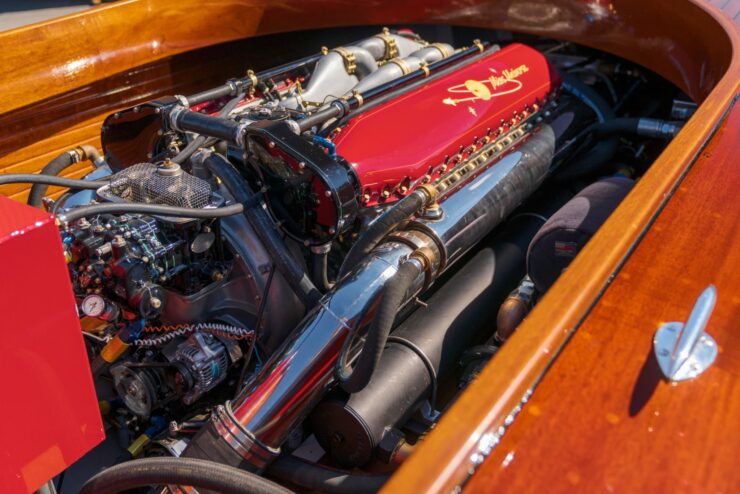
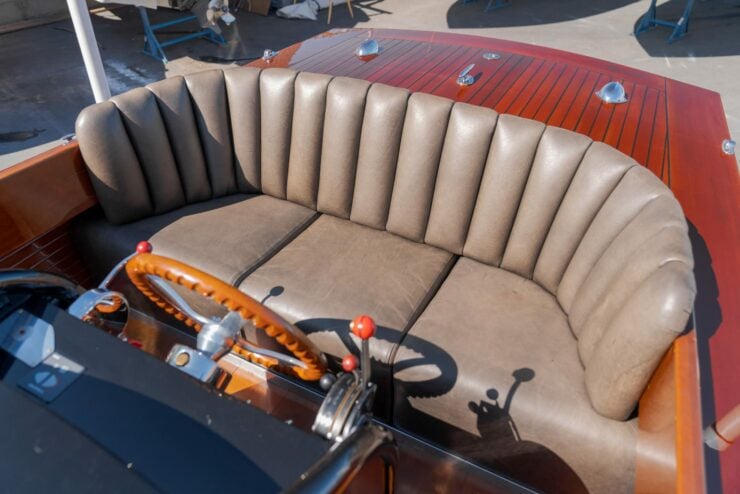
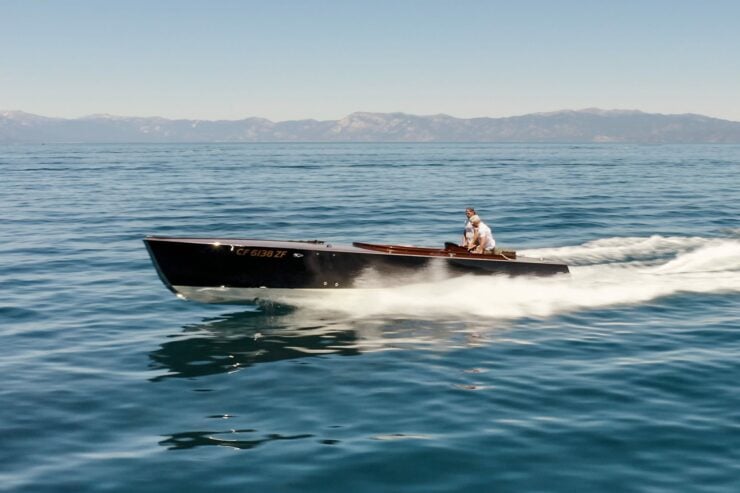
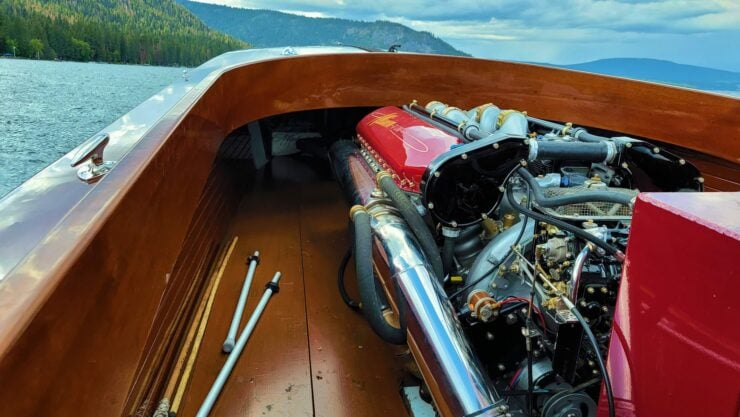
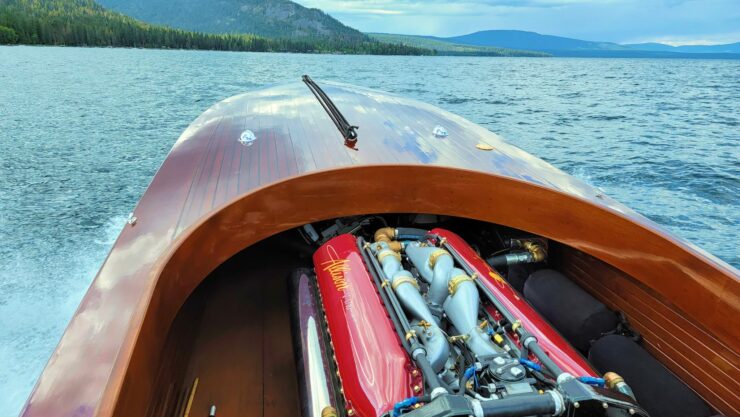
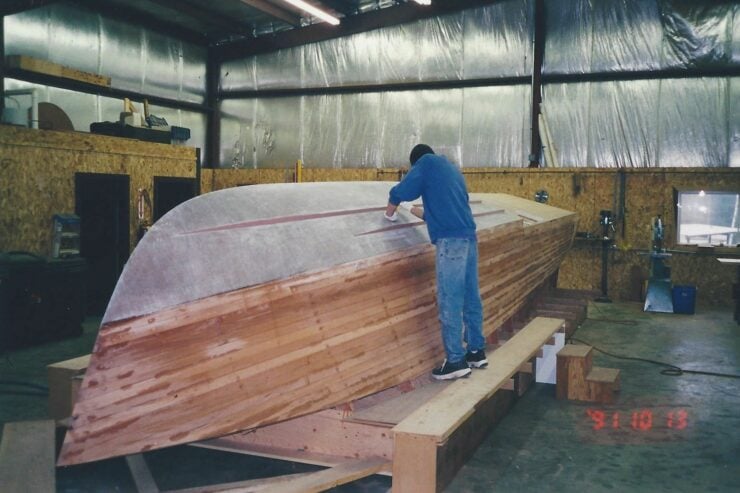
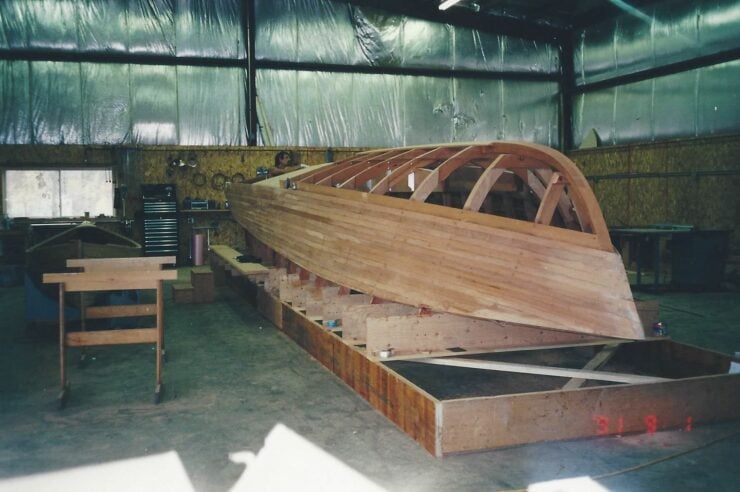
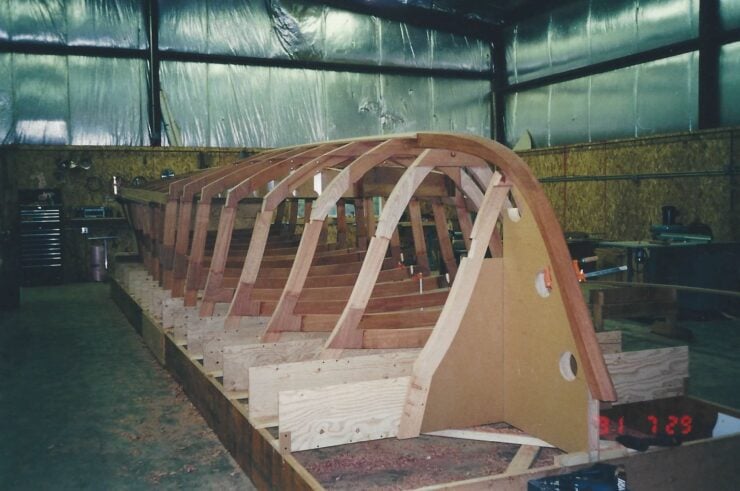
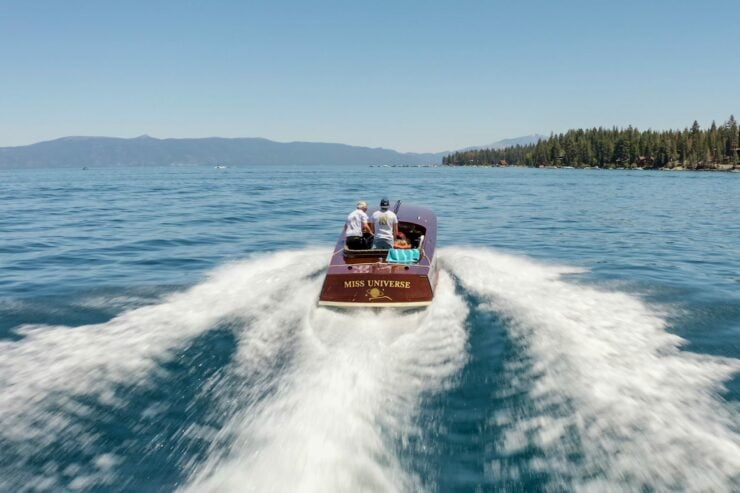
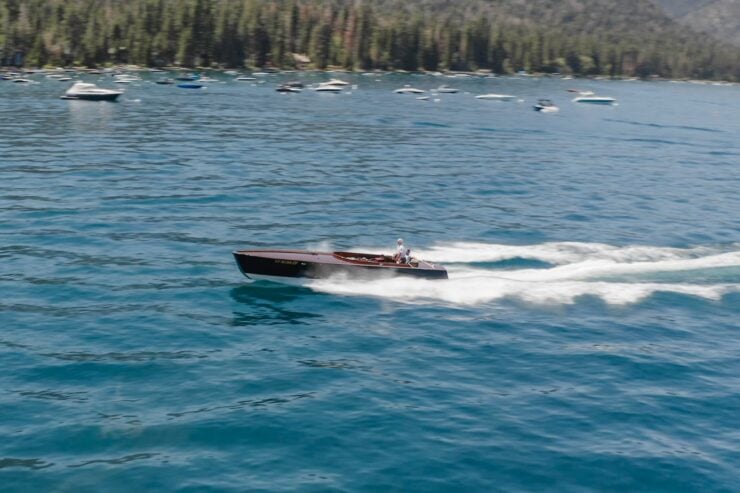
Images courtesy of Bring a Trailer

